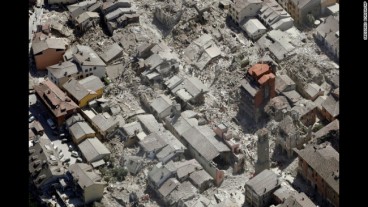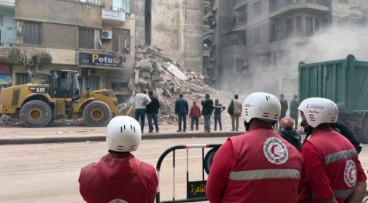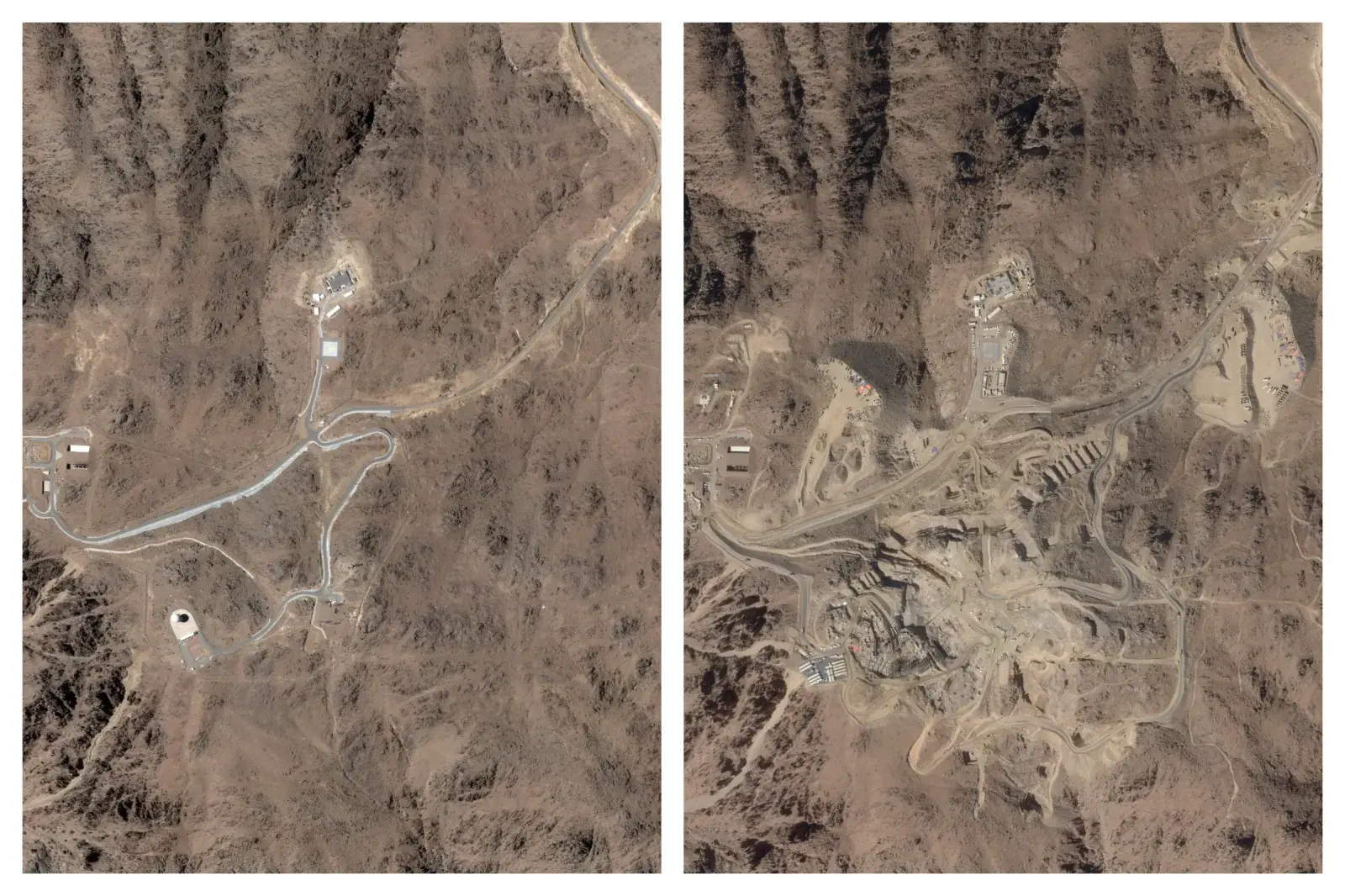Asbestos: The Silent Killer That Still Threatens Communities Worldwide




Sources: bbc.com, mainichi.jp
Want to read more like this story?

The majority of world population could face deadly heat waves by 2100
May, 25, 2018 | NewsUp to 75% of people could be exposed to extreme heat conditions Up to 75% of people could be expo...
Experts answer: “Why did so many buildings collapse in Turkey?”
Feb, 16, 2023 | NewsFollowing Monday's terrible earthquakes, many of people are reportedly still trapped in the rubble...

New warning system monitors the internal damage of fiber-reinforced polymer materials
Feb, 17, 2020 | NewsScientists have created a new system capable of detecting damage in fiber-reinforced polymer materia...

Earthquakes in Italy Leave 250 Dead; Rescue Efforts Continue
Aug, 29, 2016 | NewsEarly Wednesday morning, a magnitude 6.2 earthquake struck central Italy. Some of the most heavily a...

Cairo’s Deadly Building Collapse: 8 Dead, Safety in Question
Dec, 10, 2024 | NewsOn December 10, 2024, a six-story apartment building in Cairo’s Waili neighborhood collapsed, claim...

Bangkok Tragedy Sparks Urgent Call for Safer Structures
May, 16, 2025 | NewsOn March 28, 2025, a 30-storey government building in Bangkok collapsed following a powerful earth...

George Collapse Tragedy Final Report: A Grim Reminder of Regulatory Lapses in Construction
May, 06, 2025 | NewsIn May 2024, the collapse of a five-story residential development in George, South Africa, marked...

The tragedy of Kabwe in Zambia, the world’s most toxic city
Jul, 18, 2017 | NewsDecades of unsafe lead mining and smelting have resulted in the poisoning of multiple generations D...

Revolutionizing Structural Health Monitoring: The Power of Color-Changing Sensor Materials
May, 14, 2024 | NewsTraditional sensor techniques for monitoring structural health are often expensive, complex, and un...
Trending

Vertical gardens in Mexico City to combat pollution

Characteristics of Load Bearing Masonry Construction

Taipei 101’s impressive tuned mass damper

Morocco Implements Landmark Dam Perforation to Combat Water Stress in Marrakech

Dutch greenhouses have revolutionized modern farming



